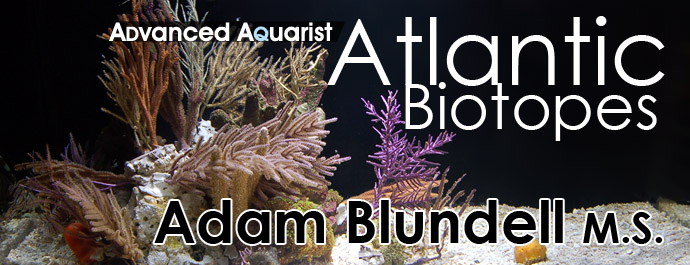
Many hobbyists dream of tropical locations in far distant places. They often want to recreate that sense of beauty with their aquariums. However, what they often fail to realize is that tropical beauty and thriving reef systems may not be all that far from home. The Tropical West Atlantic is filled with beautiful sea creatures and an Atlantic Biotope can make for a stunning home aquarium. These aquariums are often referred to as Atlantic Tanks or Caribbean Biotopes.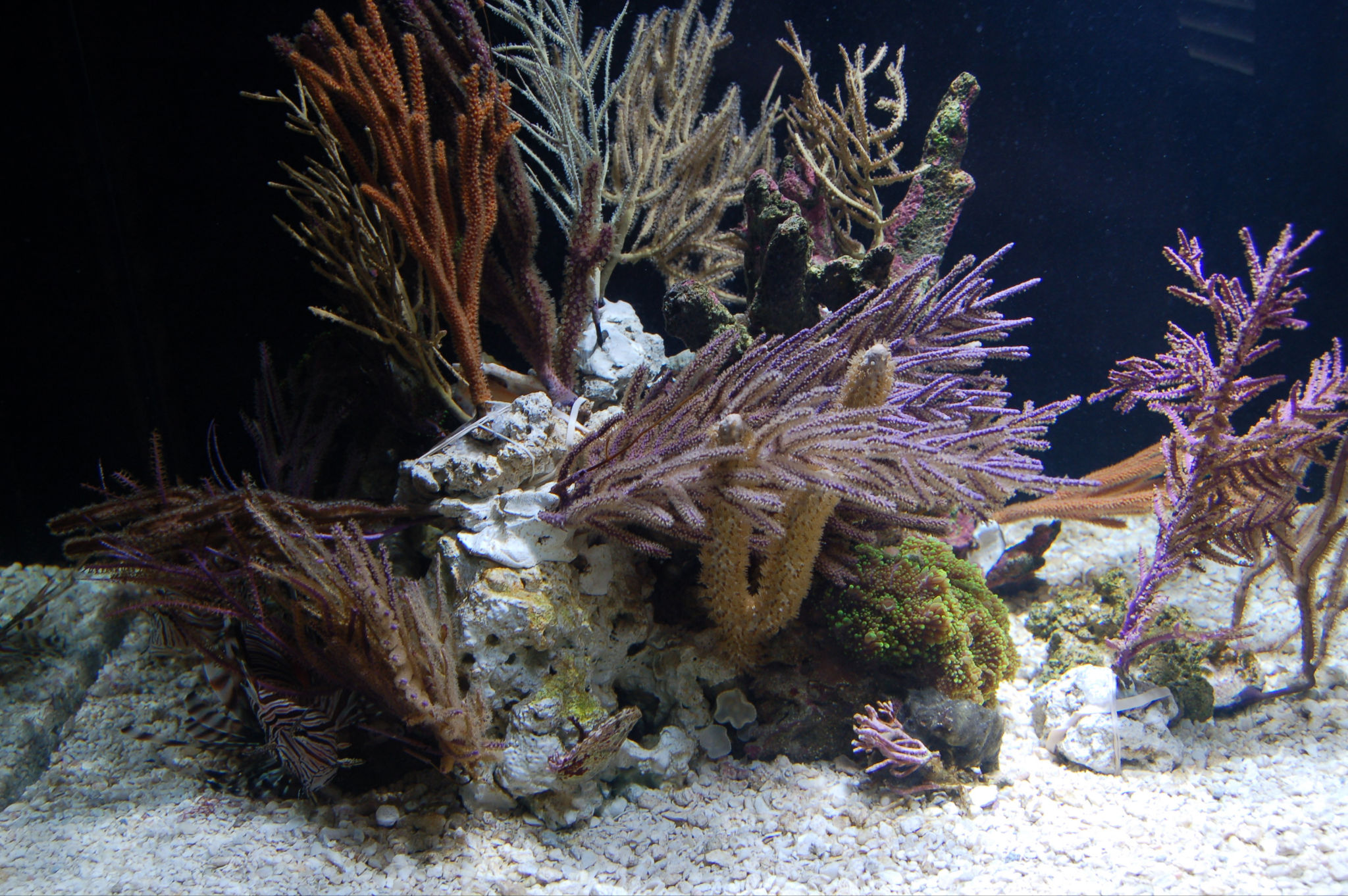
The Tropical Western Atlantic
The Tropical Western Atlantic is a region that encompasses the waters from Northern Brazil, up through the lesser and greater Antilles, the gulf of Mexico, the Florida Keys, Florida, and up towards the Georgia Carolina coastlines. The corals in these areas are beautiful, the fish are stunning, and for hobbyists in the US they are right here in our backyards. Not all animals are found in all areas of the Tropical Western Atlantic, but those common to the US shores are readily available to the hobby. This large area of natural reef habitat is often overlooked and underappreciated in the hobby.
Atlantic Corals
One of the most unfortunate aspects of keeping Atlantic systems is the governmental restrictions on corals. Stony corals (from the Scleractinia) are very rare in the hobby, because they can not be collected for the aquarium trade. These corals are amazing animals creating huge amounts (as in hundreds of square miles) of reef structure throughout the area. In addition, many other “corals” are frequently harvested and serve as great animals for the home aquarium. All sorts of mushroom anemones (Ricordea species) and Gorgonia and zoanthids are very common in the Atlantic. They all make fantastic inhabitants for captive systems and are truly an overlooked addition to a reef aquarium. Atlantic aquascapes are often usually very colorful, full of movement, and unique in their rare appearance in the hobby.
Some of the stationary invertebrates available in the hobby make wonderful inhabitants for home aquaria. The design, health, and structure of the home aquascape is created by using stationary invertebrates. In addition to the corals, these animals are the living structure for reef habitats.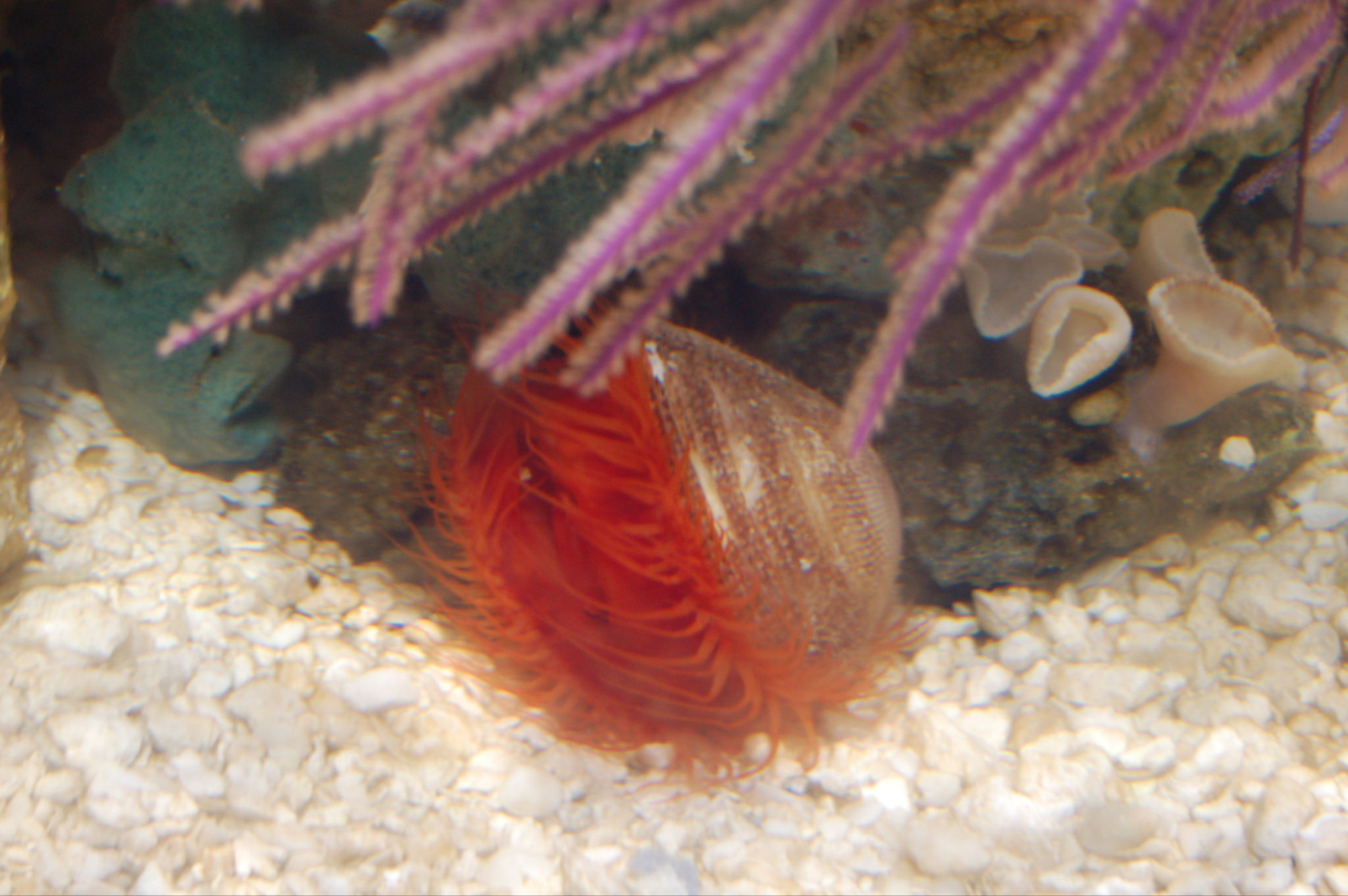
- Mushroom Corallimorphs
- Hydroids
- Zoanthids
- Bryozoan
- Anemones
- Sponge
- Feather Worms
- Barnacles
- Scallops and Clams
- Tunicates
Popularity In the Hobby, from color → size → groups
Historically the popular fishes of the Atlantic were those with lots of color. The motto for collectors was “color sells” as they tried to collect the most colorful of the fish in the waters. That has shifted during the last few years with the rise in popularity of nano aquariums. Currently, small diminutive fishes are the popular choices for livestock. Even the most colorful of the angelfish are no longer in high demand. Small blennies and gobies are now the aim for collectors. Recent trends and advanced hobbyists may be shifting that trend again, with a growing demand for pairs of fishes, harems, schools, and unique specimens.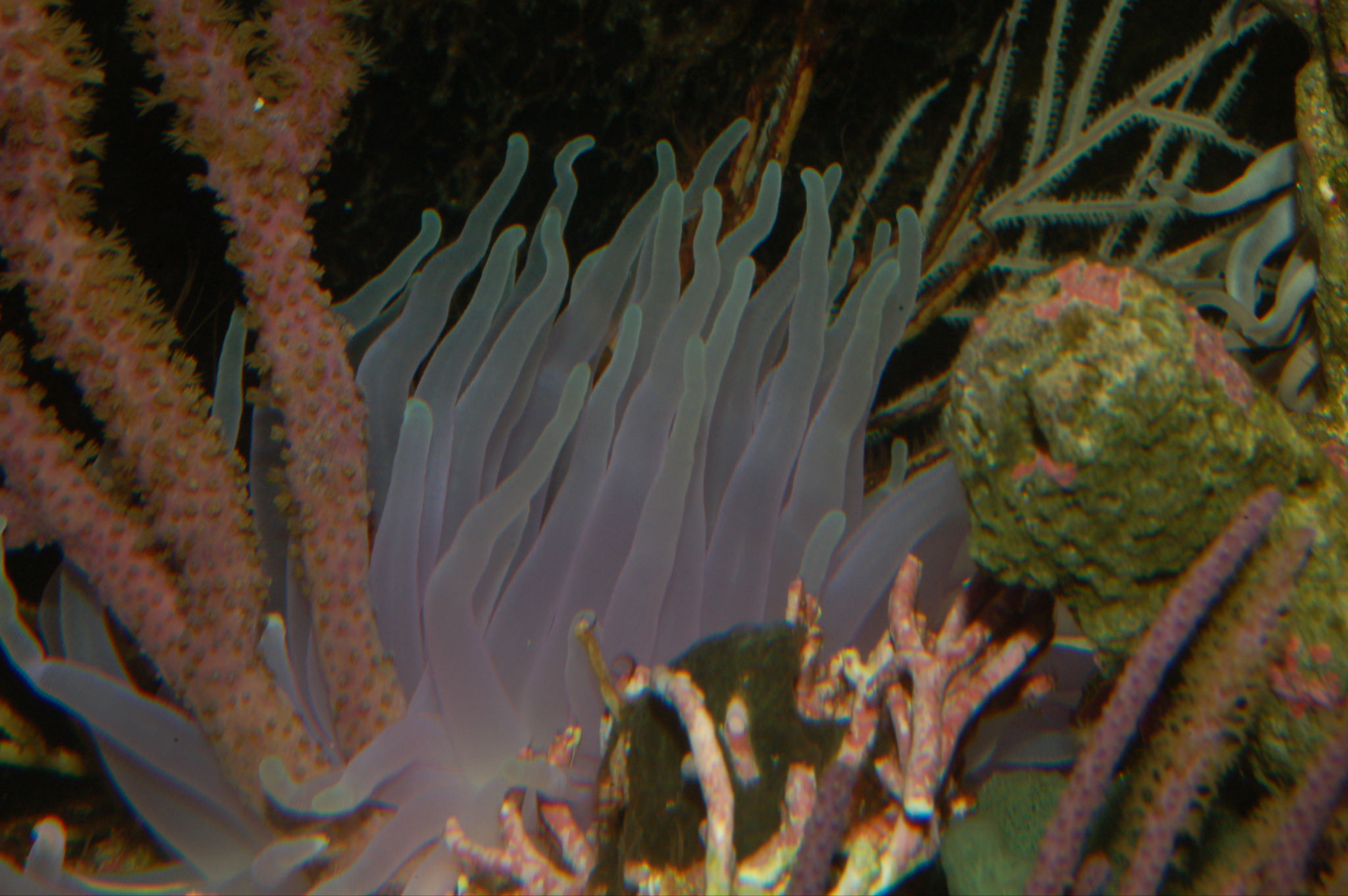
Atlantic Fishes
This is one area where abundance, variety, color, size, and everything else is at your fingertips. The Atlantic fishes are bold, beautiful, interesting, and often times serve as the highlight in a reef aquarium. What is even more amazing is that they are readily available to home hobbyists. Many local pet stores are unaware of the great market that exists for Atlantic fish, they may also be unfamiliar with what fish are available, and they don’t regularly carry these fish. This is all very unfortunate given the gems that are available. Lucky for home hobbyists, some collectors actually sell directly to the public! This means you can get fish shipped straight to your house without a middle man cost, and limited acclimation steps. Places like www.Sealifeinc.net even quarantine the fish and offer medicated treatments before selling a fish. This practice can be a life saver (literally) for your inhabitants.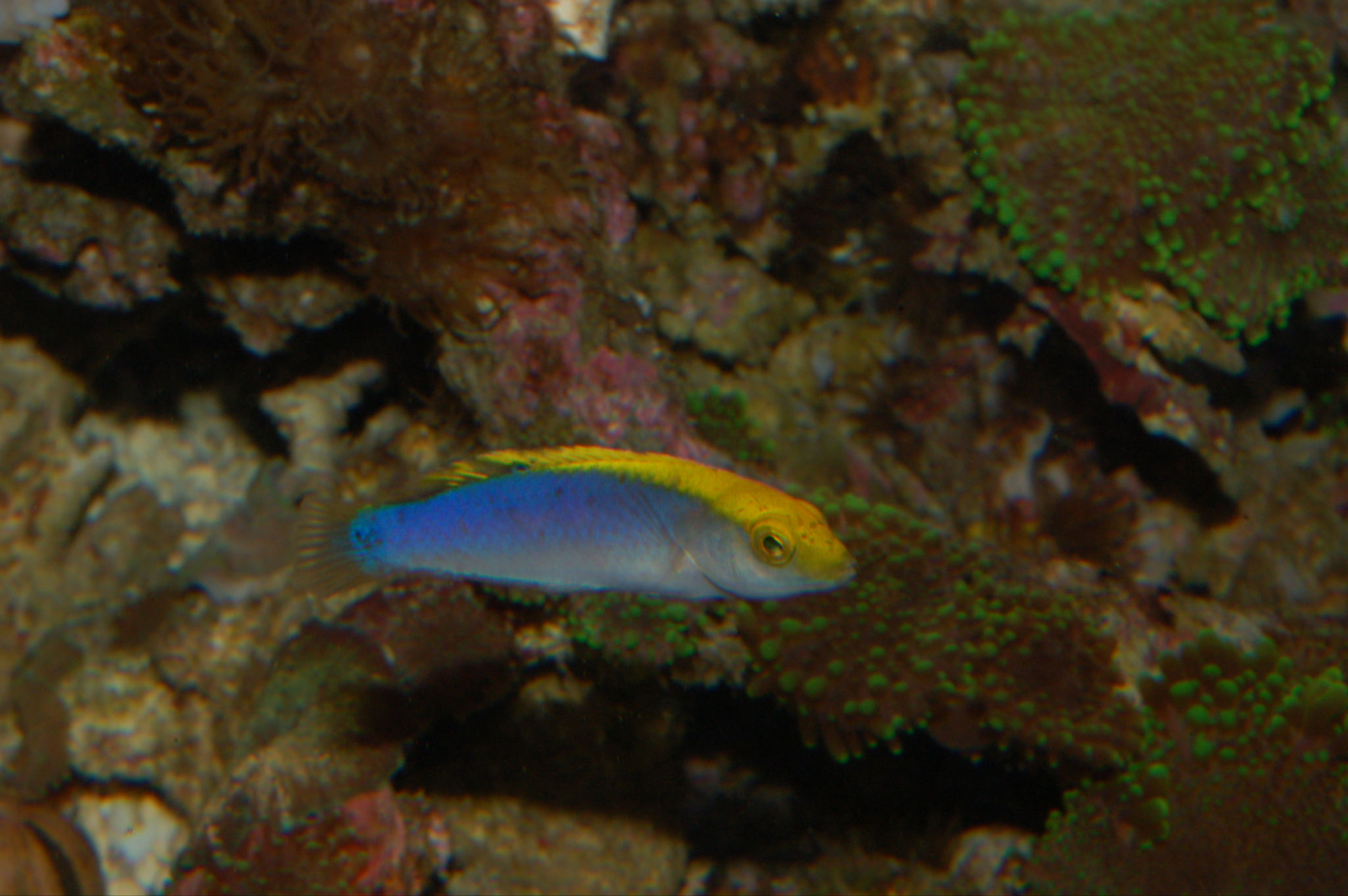
The Tropical Western Atlantic may not have the diversity and great numbers of fishes found in other areas, but it certainly does have some strikingly beautiful fishes.
10 of the Most Beautiful Caribbean Fishes:
- Harlequin Pipefish
- Juvenile Porkfish
- Redband Parrotfish
- French Angel
- Sunshine Chromis
- Princess Parrotfish
- Royal Gramma
- Queen Angelfish
- Juvenile Stegastes Damsels (longfin damsel, beaugregory damsel, dusky damsel)
- Color Changing Wrasse (yellowhea wrasse, yellowcheak wrasse, clown wrasse)
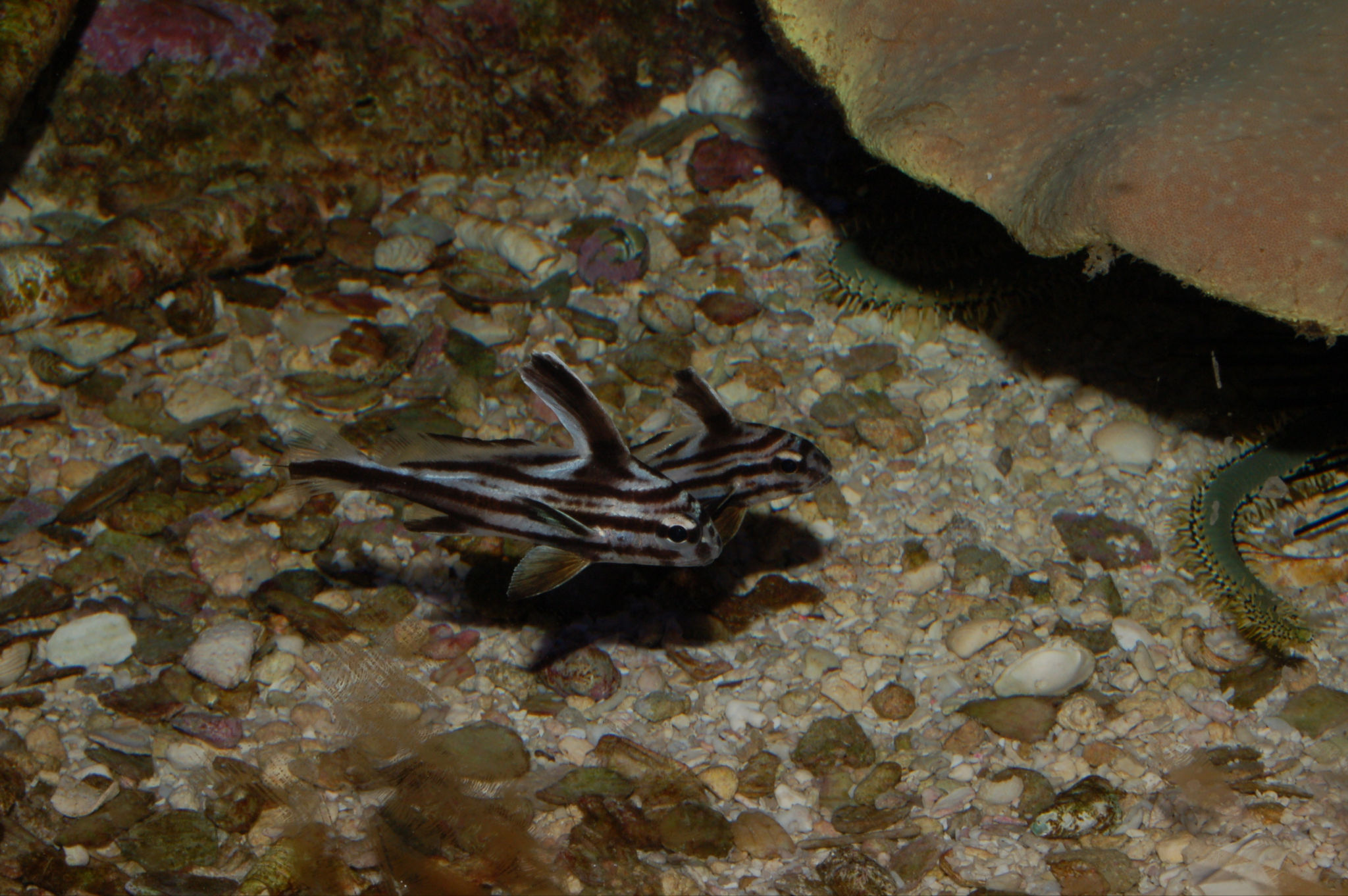
Aquarium Setup
A Tropical Atlantic Biotope is set up the same way as any other reef aquarium. The basic principles of water flow, filtration, lighting, and aquascaping all apply. Common base rock is often used in reef tanks, and Eco-friendly cultured rock is also available from Atlantic suppliers. Fields of terrestrial rock have been places in the ocean and have been allowed to grow and inhabit fauna for several years. Companies like Sea Life Incorporated are licensed to grow this rock, harvest it, and use it to preserve surrounding coral reefs. Filter feeding corals that are photosynthetic are also easily purchased and make for stunning displays. If you prefer highly colored and textured corals the ricordea and zoanthids of the Atlantic can not be beat. And if you are into corals that grow fast and provide visual appeal with a gentle saw in the current, then the gorgonian are your choice. Add them together, and you have a rather interesting aquarium.
The challenges of setting up an Atlantic tank do not reside in the reefscape and husbandry. Instead, like most aquaria the challenge is in finding suitable tank mates and understanding their requirements. Selecting livestock choices prior to setting up the aquarium can save you a lot of troubles down the road. Here are some specifics on some common and not so common Atlantic inhabitants.
Common Atlantic Fishes
Butterflyfishes are beautiful, colorful, and abundant in the Caribbean. However, most of them are not reef safe, do not do well on prepared foods, and have a very poor survival rate in the hobby. These fish in general are best left for advanced hobbyists and those looking to study their captive care.
Angelfishes are beautiful, colorful and abundant in the Caribbean. Unlike many of the butterflyfishes these fish readily take prepared foods, often live for several years in captivity, and are all around great choices for the home aquarium. Some angels (especially the larger specimens) have been known to pick on tube worms, small polyps, and some corals. However, they are also easily trained to eat prepared foods and often do very well in reef aquariums.
Damselfishes of these waters are brilliantly colored, hardy, easy to feed, and serve as your typical damsel fish. Unfortunately this also means that many of them grow up to be bland, aggressive, and rather pugnacious. Great beginner fish for many hobbyists as well as some beautiful potential candidates for the nano reef aquarium.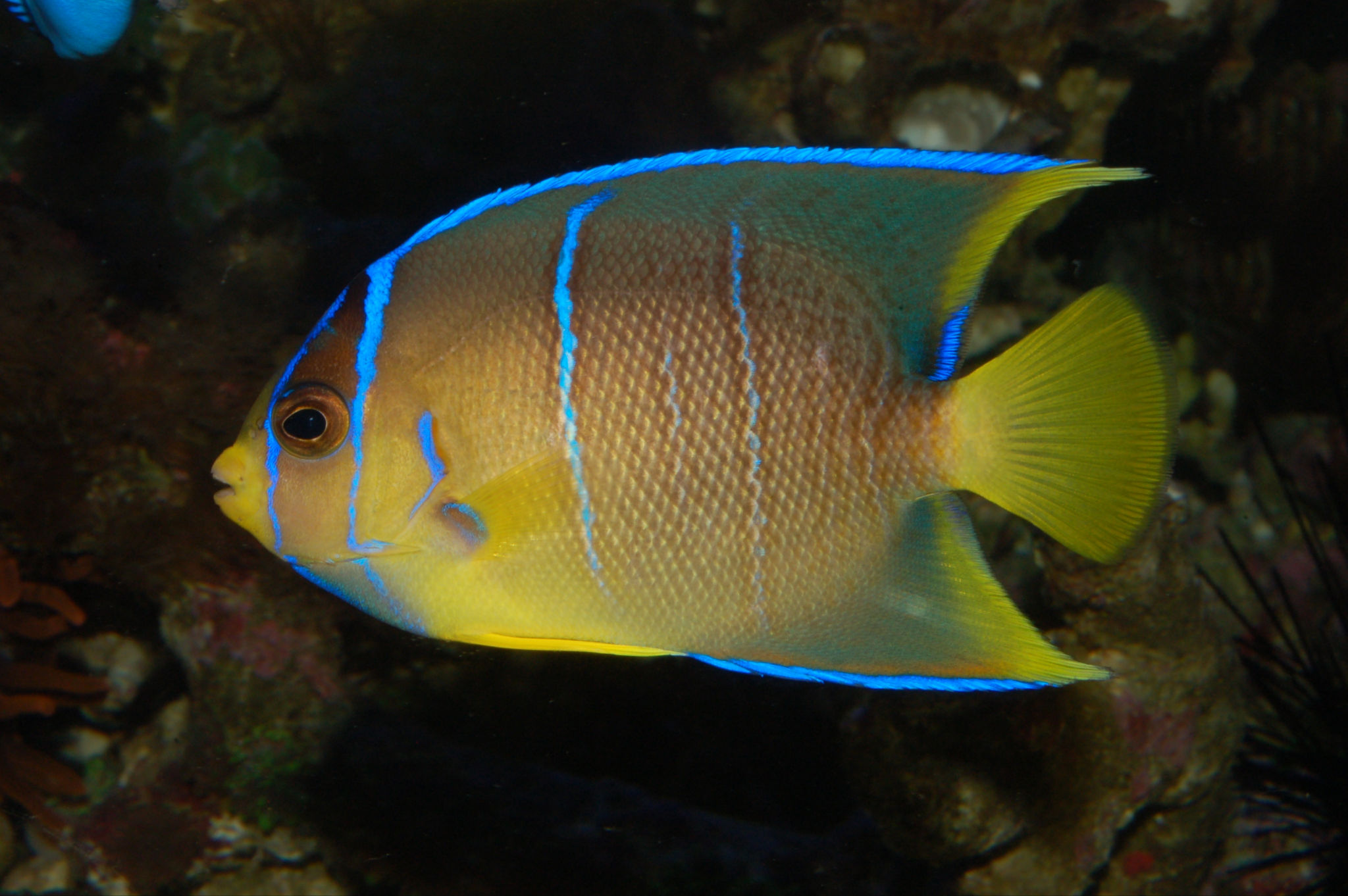
Wrasses of the Caribbean are fantastic! These fish often do well in captivity, are frequently found in very large numbers, are often times very reef safe in captive settings, have wonderful color and personality, and are quite hard. Numerous of species are available that all make stunning additions as showpiece fish in the home aquarium.
Some fishes that are popular in aquariums are found and collected in the Caribbean waters. Hobbyists are often surprised to find out that these common aquarium fish are from the Atlantic.
10 Common Atlantic Fishes in the Aquarium Trade:
- Yellowheaded Jawfish
- Cleaner Goby
- Dwarf Seahorse
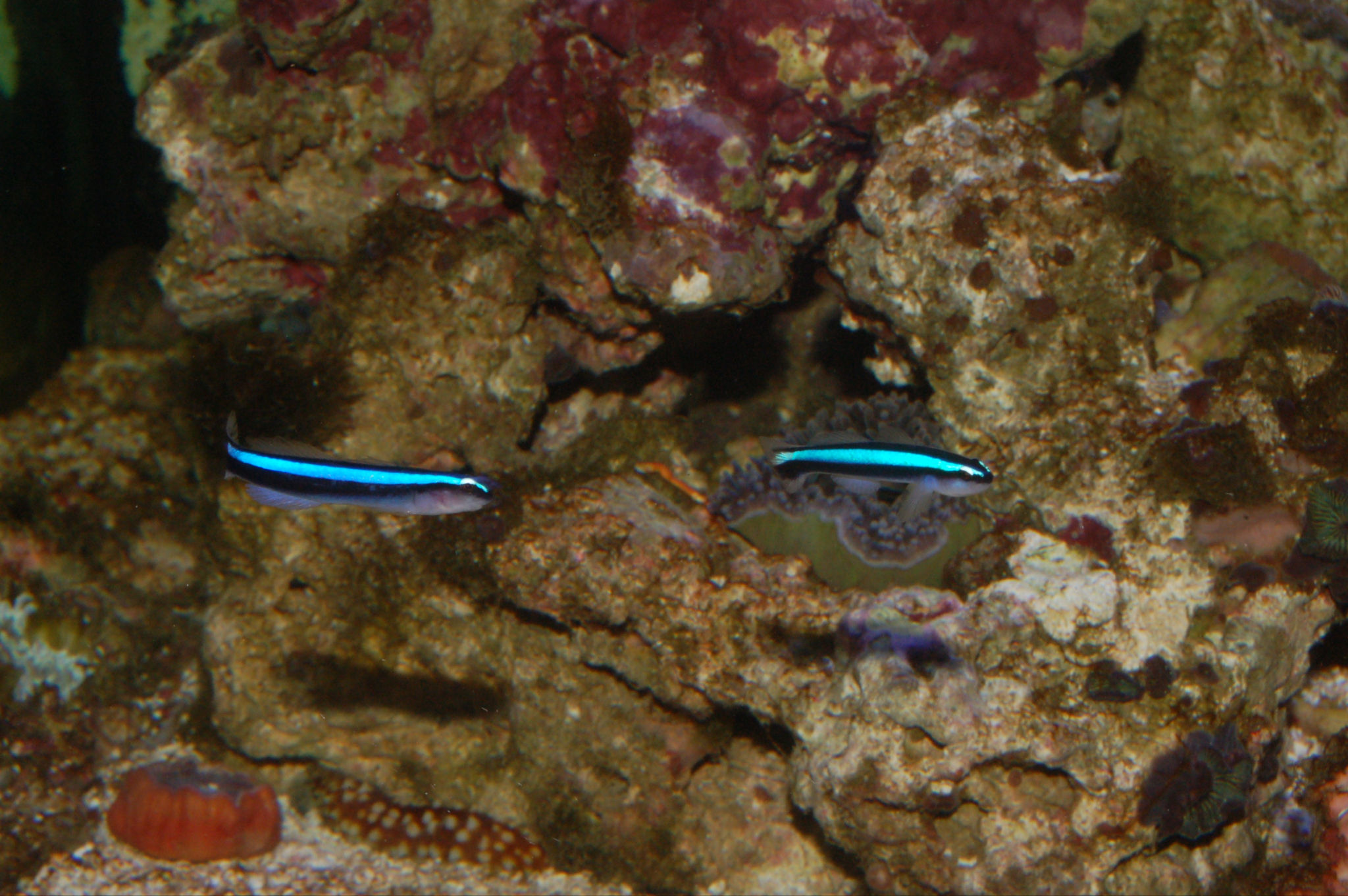
- Rock Beauty Angel
- French Angel
- Blue Tang
- Blue Chromis
- Chalk Bass
- Royal Gramma
- Queen Angelfish
Some fish would make great showpieces in home aquariums. They are incredibly interesting and can be perfect specimens for advancing the hobby and knowledge base. Aquarists looking to go beyond simply keeping fish, but really taking on an advanced topic may want to consider these fish.
10 of the Most Intriguing Atlantic Fishes:
- Flying Gurnard
- Scorpionfish
- Trumpetfish
- Filefish
- Walking Batfish
- Flounder
- Harem of Wrasse
- Grunts (group)
- Glassy Sweeper (group)
- Needlefish
Uncommon Atlantic Fishes
The Silverbody fishes is a general term used to describe a wide variety of fish families. These include the small fishes often found in schools, all the way up to large solitary fishes. Historically unpopular and virtually absent from the hobby the needlefishes, ballyhoos, jacks, mojarras and more are peaking the interest of advanced hobbyists. These fish all offer great potential for stunning displays, a chance to provide new information for the hobby, and unique aquatic systems. For hobbyist looking to stand out from the rest, these silverbody fishes are sure to do just that.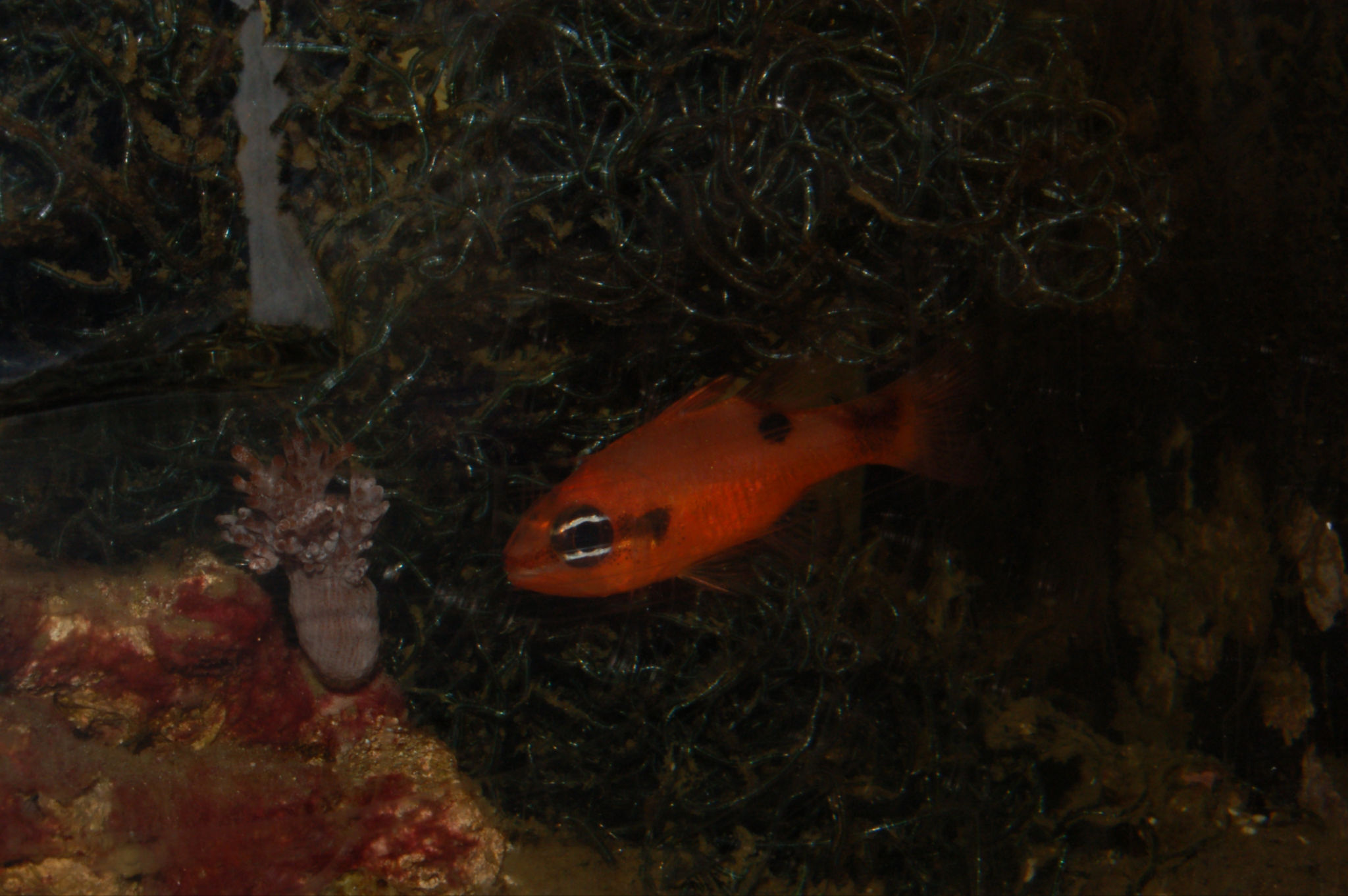
While not popular in the past, some of the Caribbean fishes are now making their way into the hobby. They are often overlooked, but with a growing trend in nano aquariums these fishes may be perfect for your captive care.
10 of the best Caribbean Fishes for the Nano Aquarium:
- Grunts
- Damsels
- Reef Bass
- Cardinalfish
- Gobies
- Blennies
- Jawfish
- Clingfish
- Scorpionfish
- Hawkfish
Ecofriendly Fish
 These Lionfish are part of the ever growing population of lionfish that have colonized the Atlantic waters. These fish are not native to the Atlantic and their removal is an ongoing and never ending process. Collection and removal of these fish is completely Eco-Friendly and hobbyists who purchase them are doing their part to protect the Atlantic waters.
These Lionfish are part of the ever growing population of lionfish that have colonized the Atlantic waters. These fish are not native to the Atlantic and their removal is an ongoing and never ending process. Collection and removal of these fish is completely Eco-Friendly and hobbyists who purchase them are doing their part to protect the Atlantic waters.
Atlantic Invertebrates
The Atlantic Ocean (tropical areas alone) offer a very large and wonderful selection of invertebrates. The sessile reef invertebrates like Gorgonia, Zoanthids, Anemones and more provide the reef habitat that makes the area so beautiful and full of life. Add to that wide array of mobile invertebrates such as cleaning shrimp, rock crabs, nudibranchs, urchins, sea stars, and sand worms, and you find yourself with a thriving ecosystem. All of these animals play an important role in the reef, and all of them are important in the home aquarium. Beginning hobbyists often overlook mobile invertebrates and focus on the big colorful fishes. However, with time hobbyists learn to appreciate the little forms of life that make an aquarium a living reef structure. These animals are fascinating and their interactions within a community create a complex reef habitat.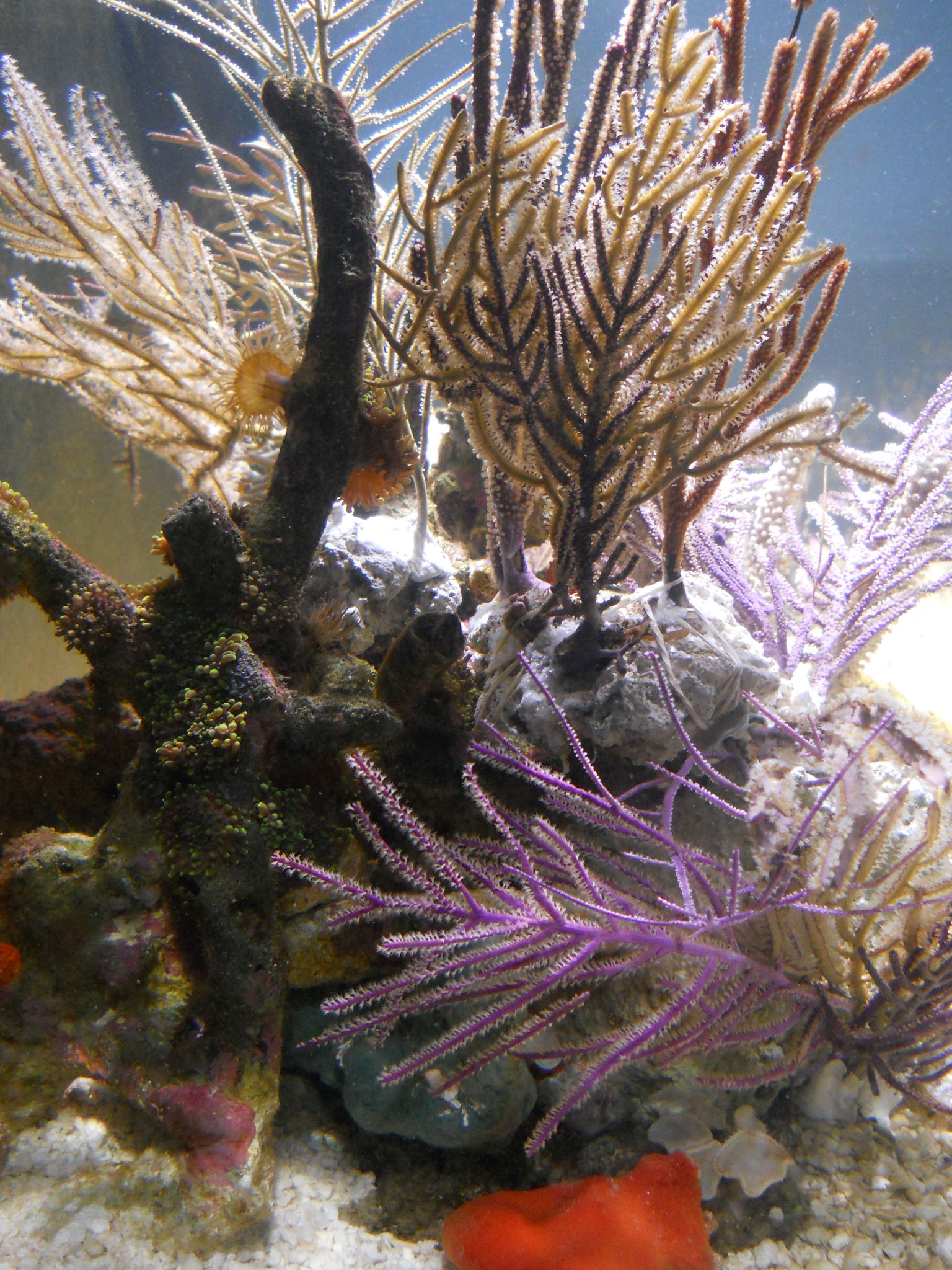
Some of the mobile invertebrates found in the Tropical Atlantic are colorful, unique, fascinating, and well suited for home aquaria. Each of these may make great additions to your aquarium and are worthy of further consideration.
- Banded Shrimp
- Ornate Snails
- Ornamental Flatworms
- Jellyfish
- Reef Crabs
- Anemone Shrimp
- Mantis Shrimp
- Horseshoe Crabs
- Chitons
- Sea Slugs
Conclusion
Often overlooked and underappreciated, the Atlantic biotopes are amazing aquariums. Sustainable inhabitants are here in our own backyards and ready for hobbyists to create new and interesting aquariums. Much can be learned about these animals from captive systems and hobbyists have a remarkable opportunity in front of them to participate in the process and progress.

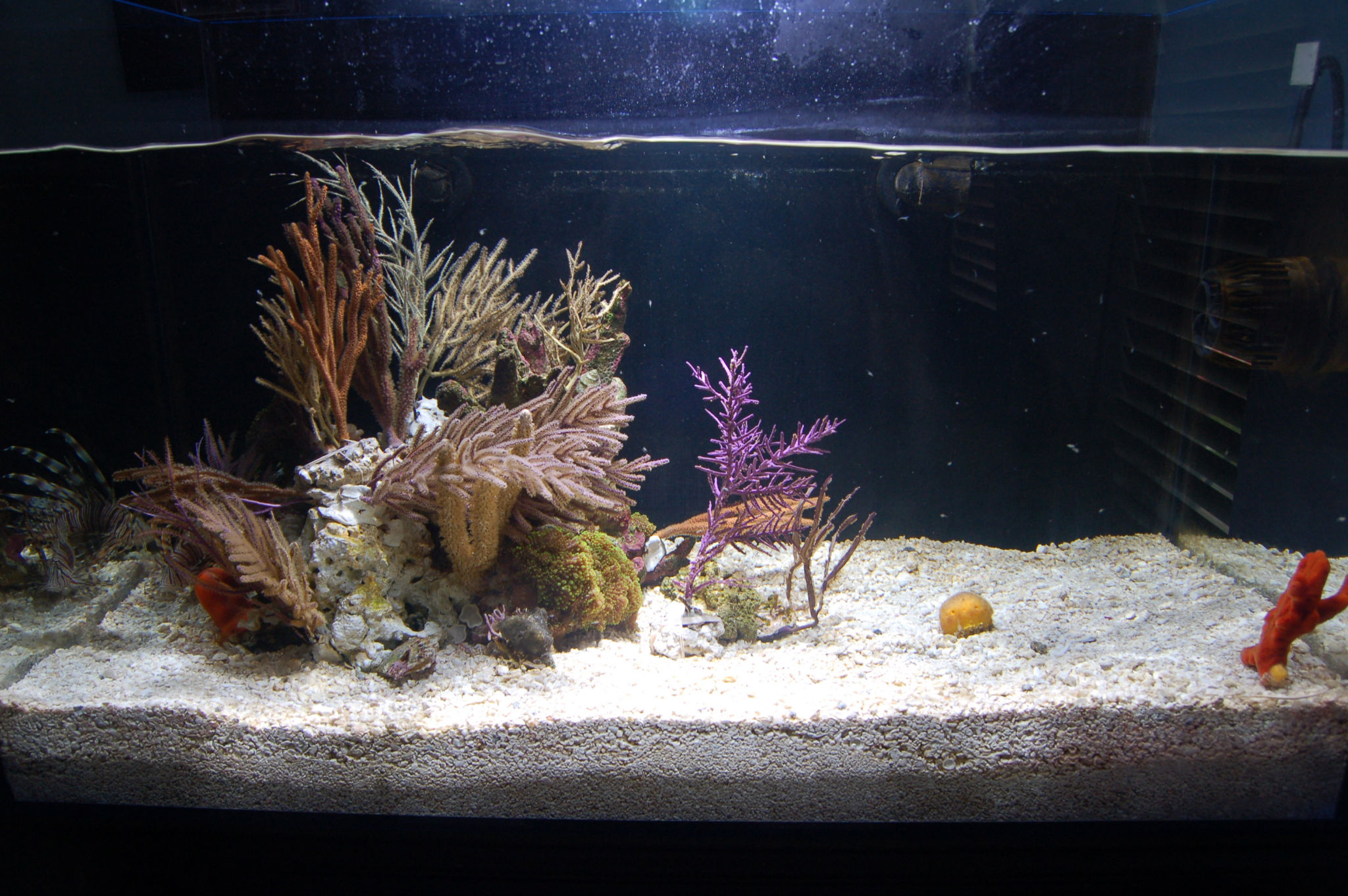

0 Comments